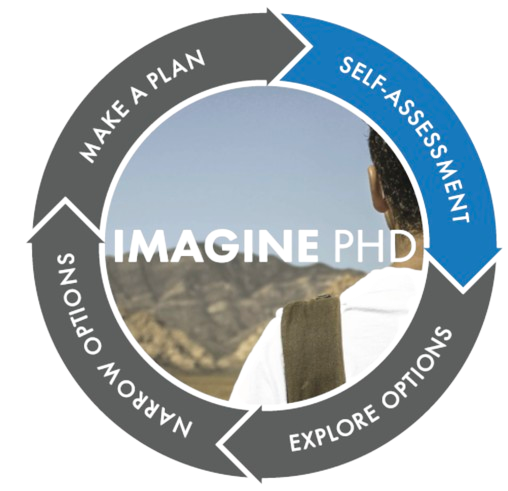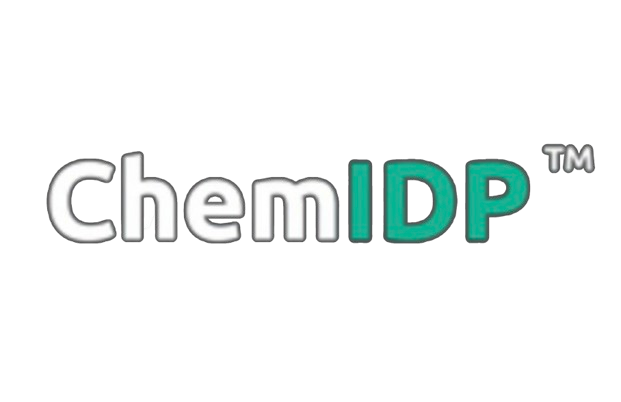Target an Industry
Are you looking to leverage your advanced degree to land a non-academic job? Explore further to translate the skills and knowledge you have gained from your program and pursue a variety of in-demand careers within industry.
Use this page to get familiar with relevant strategies, transferable skills, and additional resources to support your plans.
Brainstorm Your Options
Oftentimes graduate students find themselves in a situation in which they know they do not want to continue pursuing an academic career, yet they are unsure of what else they can do (or want to do) with their degree. Here are our recommendations to help you explore career options:
- Pay attention to where others who finish or leave your program are going by seeking them out on LinkedIn, GauchoNetwork, or through departmental alumni information. Talk to colleagues who make decisions that intrigue you, even if they are different from your personal career goals. Their plans may be helpful to hear, even if their exact path is not for you.
- Consider reaching out to professionals (who you may or may not know) that are doing something of interest to you. These may be folks who are both early and late in their career. Learn how to make targeted connections and use LinkedIn to its fullest extent.
- Take the time to reflect on what you seek in your future in terms of values, environment, duties, and more. Make a list of what you enjoyed about academia and previous roles you've had. Make a list of what you disliked, as well. Really take time to dive into what you need.
- Assess the transferable skills that you have developed over the course of your academic career and previous employment. Not only will this help you see what you are qualified for, but also may help boost your confidence as you look forward.
- Review the lists contained within What Can I Do with This Major (WCIDWTM) to jumpstart your list of options. Although some of the material is geared towards undergraduates, much of the information is very useful for anyone in a field of study who wants to explore possibilities.
- Explore different career paths with VersatilePhD, ImaginePhD, and MyIDP.
- Read career blogs and articles such as Inside Higher Ed.
Utilize Key Digital Tools
IMAGINE PhD: SHEF
Versatile PhD
Did you know that Ph.D. students in the humanities and social sciences go on to fulfilling careers as entrepreneurs, researchers, marketing directors, teachers, diplomats, and more? Start your career exploration journey with ImaginePhD, a free online career exploration and planning tool designed specifically for Ph.D. students and postdoctoral scholars in the humanities and social sciences. Developed by experts from over 50 universities, ImaginePhD offers a unique platform that teaches Ph.D.s about popular job sectors, search strategies, and how to transfer skills across settings.
Here are steps which you can take with ImaginePhD:
- Assess your career-related skills, interests, and values.
- Explore career paths appropriate to your discipline.
- Create self-defined goals and map out the next steps for your career.
Versatile PhD is a large, online community dedicated to non-academic and non-faculty careers for PhDs in the humanities, social sciences, and STEM. As a UCSB graduate student or postdoctoral scholar, you have access to premium content on the website free of charge. This includes discussion forums, job postings, and career profiles written by PhDs hired outside of academia.
Here are additional resources available at Versatile PhD:
- Read first-person narratives, resumes, and other application materials from PhDs who have established non-academic careers along with their advice from experience.
- Take their six-module, Ph.D.-focused Options for Success Career Exploration Course with Beyond the Tenure Track.
- Review SmartJobs, which includes a weekly curation of Ph.D.-appropriate jobs across the Humanities, Social Science, and STEM disciplines and a related research blog highlighting Ph.D. jobs and recent trends by industry, occupation, transferable skills, and other criteria.
MyIDP: STEM
ChemIDP
The Individual Development Plan (IDP) concept is commonly used in industry to help employees define and pursue their career goals. MyIDP is a career exploration and planning tool aimed at helping Ph.D. and postdoctoral scholars in the science, technology, engineering, and mathematics (STEM) disciplines to learn more about industry and non-academia career paths, as well as how to leverage your expertise into a satisfying and productive career. MyIDP helps you explore career possibilities and set goals to follow the career path that fits you best.
Here are some resources that MyIDP provides:
- Exercises to help you examine your skills, interests and values.
- A list of 20 scientific career paths with a prediction of which ones best fit your skills and interests.
- A tool for setting strategic goals for the coming year as well as optional reminders to keep you on track, articles and resources to guide you through the process
ChemIDP is an Individual Development Plan tool designed specifically for graduate students and postdoctoral scholars in the chemical sciences. Through immersive, self-paced activities, users identify career goals, determine specific skills required for success, and develop plans to achieve their professional goals. ChemIDP helps you track your progress and provides tips and strategies for realizing your goals.
Here are some ways in which you can prepare with ChemIDP:
- Assess and strengthen professional and technical skills. It will recommend careers to match your highest ranked skills.
- Reflect on your values to determine what is important to you, personally and professionally.
- Rate your technical and professional skills.
- Develop and prioritize goals.
- Explore and browse career options and a range of career areas.



